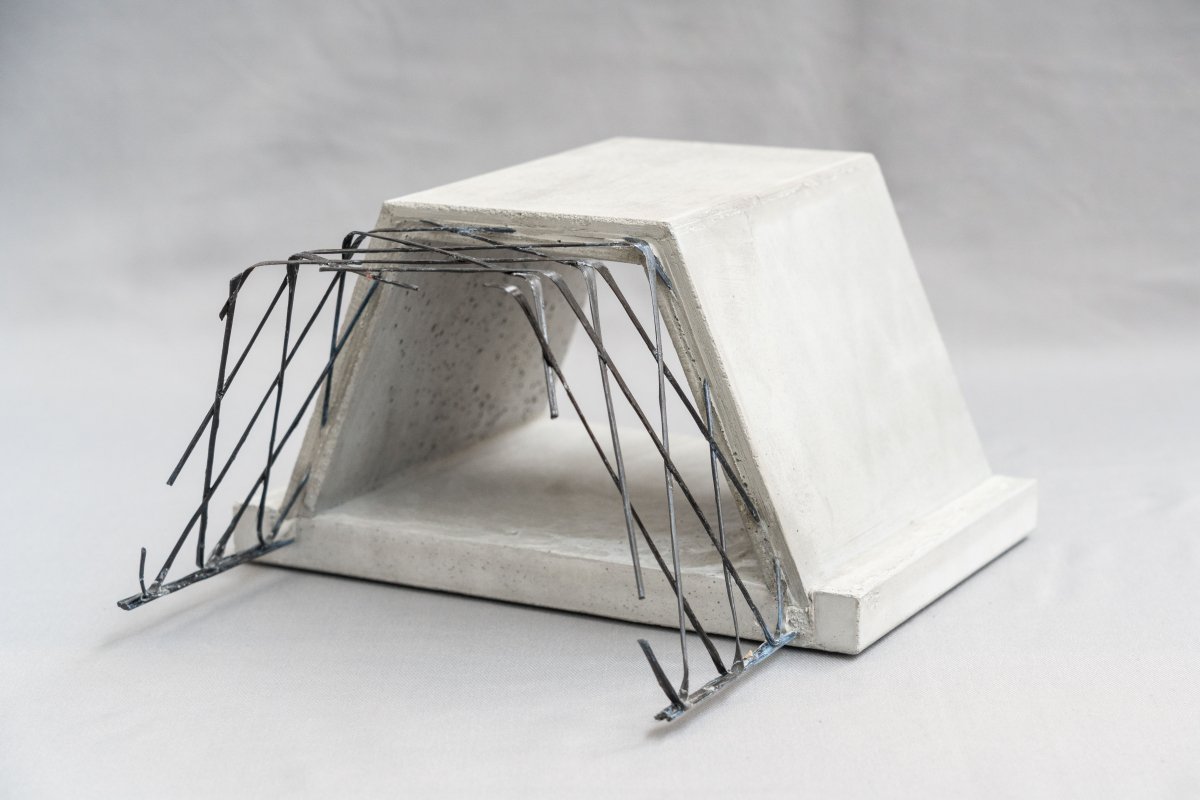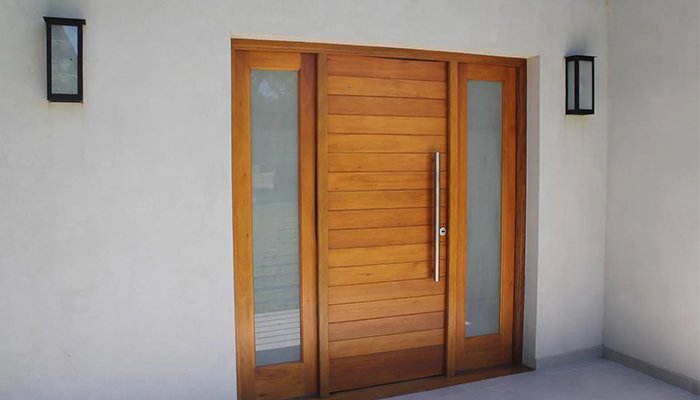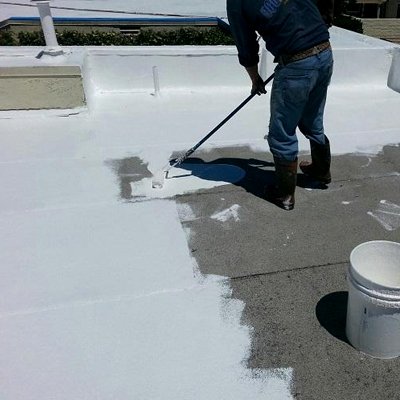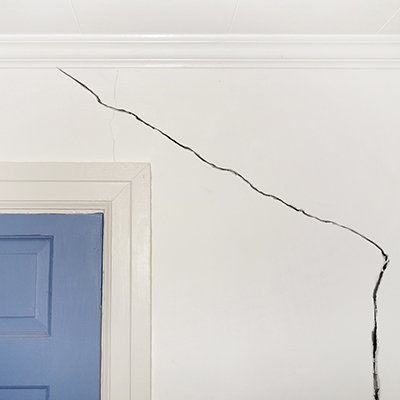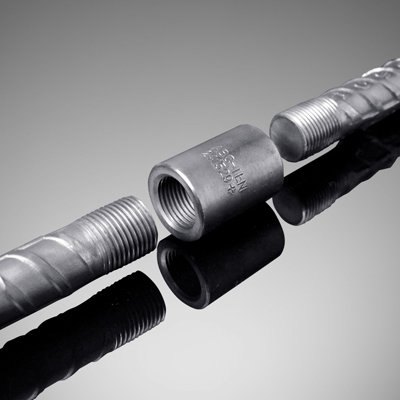FIBER REINFORCED CONCRETE


Fiber-reinforced concrete (FRC) is concrete containing fibrous material which increases its structural integrity. It contains short discrete fibers that are uniformly distributed and randomly oriented. Fibers include steel fibers, glass fibers, synthetic fibers and natural fibers – each of which lend varying properties to the concrete. In addition, the character of fiber-reinforced concrete changes with varying concretes, fiber materials, geometries, distribution, orientation, and densities.

Impact of Reinforced fiber during cracking
Type of FRC:
1. Steel Fiber Reinforced Concrete: SFRC is a composite material which is made up from cement concrete mix and steel fibers as a reinforcing. The steel fibers, which are uniformly distributed in the cementations mix .This mix, have various volume fractions, geometries, orientations and material properties. Generally SFRC is very ductile and particularly well suited for structures which are required to exhibit:
- High fatigue strength resistance to impact, blast and shock loads
- Shrinkage control of concrete
- Tensile strength, very high flexural, shear
- Erosion and abrasion resistance to splitting
- Temperature resistance, high thermal
- Earth quake resistance
The degree of improvement gained in any specific property exhibited by SFRC is dependent on a number of factors that include:
- Concrete mix and its age
- Steel fiber content, volume fraction
- Fiber geometry, its aspect ratio (length to diameter ratio) and bond characteristics volume fraction.
Disadvantages of SFRC:
- suffer from corrosion of the steel by the salt, results in the failure of structures
- Constant maintenance and repairing is needed to enhance the life cycle.

2. Glass Fiber Reinforced Concrete: GFRC is basically a composed of concrete mix with short length discrete glass fibers are dispersed. Inclusion of these fibers in these composite results in improved tensile strength and impact strength of the material. It is mainly used in:
- Facing panels (about 80% of the GFRC production)
- Piping for sanitation network systems
- Decorative non-recoverable formwork, etc.

3. Polymer Fiber Reinforced Concrete: It is a composite material which is made up from cement concrete mix and polymer fibers as a reinforcing.
Advantages:
- Helps to increase the toughness and tensile strength
- Improve the cracking and deformation characteristics of the resultant composite.
Disadvantages:
- Degradation occurs when exposed to marine environment
- Due to surface blistering, the adhesive bond strength is reduced, which results in the de-lamination of the composite.

4. Natural Fiber Reinforced Concrete: These fibers in reinforced concrete have been used in early stages in 1870’s. These fibers have low tensile strength as compare to others fibers. Wood, sisal, jute, bamboo, coconut, Rockwool, are examples that have been used.
5. Asbestos Fibers: The naturally available inexpensive mineral fiber, asbestos, has been successfully combined with Portland cement paste to form a widely used product called asbestos cement.
Advantages & Uses:
- Thermal mechanical & chemical resistance
- Suitable for sheet product pipes, tiles and corrugated roofing elements.
Disadvantages:
- Due to relatively short length (10mm) the fiber have low impact strength.
- Considered in Hazardous material.
6. Carbon Fibers: Carbon fibers from the most recent & probability the most spectacular addition to the range of fiber available for commercial use.
Advantages:
- Very high modulus of elasticity and flexural strength.
- High strength & stiffness characteristics as compare to steel fibers.
Disadvantages:
- Carbon Fibers are very expensive.
- More vulnerable to damage than even glass fiber.
- Generally treated with resign coating.
7. Organic Fibers: Organic fiber such as polypropylene or natural fiber may be chemically more inert than either steel or glass fibers. They are also cheaper, especially if natural. A large volume of vegetable fiber may be used to obtain a multiple cracking composite. The problem of mixing and uniform dispersion may be solved by adding a super plasticizer.
Benefits of FRC:
1. Polypropylene and Nylon fibers:
- Improve mix cohesion, improving pumpability over long distances
- Improve freeze-thaw resistance
- Improve resistance to explosive spalling in case of a severe fire
- Improve impact resistance– and abrasion–resistance
- Increase resistance to plastic shrinkage during curing
- Improve structural strength
- Reduce steel reinforcement requirements
- Improve ductility
- Reduce crack widths and control the crack widths tightly, thus improving durability.
2. Steel fibers:
- Improve structural strength
- Reduce steel reinforcement requirements
- Reduce crack widths and control the crack widths tightly, thus improving durability
- Improve impact– and abrasion–resistance.
- Improve freeze-thaw resistance
Factors affecting the properties of FRC:
1. Relative Fiber Matrix Stiffness: The modulus of elasticity of matrix must be much lower than that of fiber for efficient stress transfer. Low modulus of fiber such as nylons and polypropylene are, therefore, unlikely to give strength improvement, but the help in the absorption of large energy and therefore, impart greater degree of toughness and resistance to impart. High modulus fibers such as steel, glass and carbon impart strength and stiffness to the composite. Interfacial bond between the matrix and the fiber also determine the effectiveness of stress transfer, from the matrix to the fiber. A good bond is essential for improving tensile strength of the composite.
2. Volume of Fibers: The strength of the composite largely depends on the quantity of fibers used in it. The increase in the volume of fibers, the tensile strength and toughness of the composite also increases linearly. Use of higher percentage of fiber is likely to cause segregation and harshness of concrete.
3. Orientation of Fibers: One of the differences between conventional reinforcement and fiber reinforcement is that in conventional reinforcement, bars are oriented in the direction desired while fibers are randomly oriented. The fibers aligned parallel to the applied load offered more tensile strength and toughness than randomly distributed or perpendicular fibers.
4. Workability and Compaction of Concrete: Incorporation of steel fiber decreases the workability considerably. This situation adversely affects the consolidation of fresh mix. Even prolonged external vibration fails to compact the concrete. The fiber volume at which this situation is reached depends on the length and diameter of the fiber.
Another consequence of poor workability is non-uniform distribution of the fibers. Generally, the workability and compaction standard of the mix is improved through increased water/ cement ratio or by the use of some kind of water reducing admixtures.
5. Size of Coarse Aggregate: Maximum size of the coarse aggregate should be restricted to 10mm, to avoid appreciable reduction in strength of the composite. Fibers also in effect, act as aggregate. Although they have a simple geometry, their influence on the properties of fresh concrete is complex. The inter-particle friction between fibers and between fibers and aggregates controls the orientation and distribution of the fibers and consequently the properties of the composite. Friction reducing admixtures and admixtures that improve the cohesiveness of the mix can significantly improve the mix.
6. Mixing: Mixing of fiber reinforced concrete needs careful conditions to avoid balling of fibers, segregation and in general the difficulty of mixing the materials uniformly. Steel fiber content in excess of 2% by volume and aspect ratio of more than 100 are difficult to mix.

